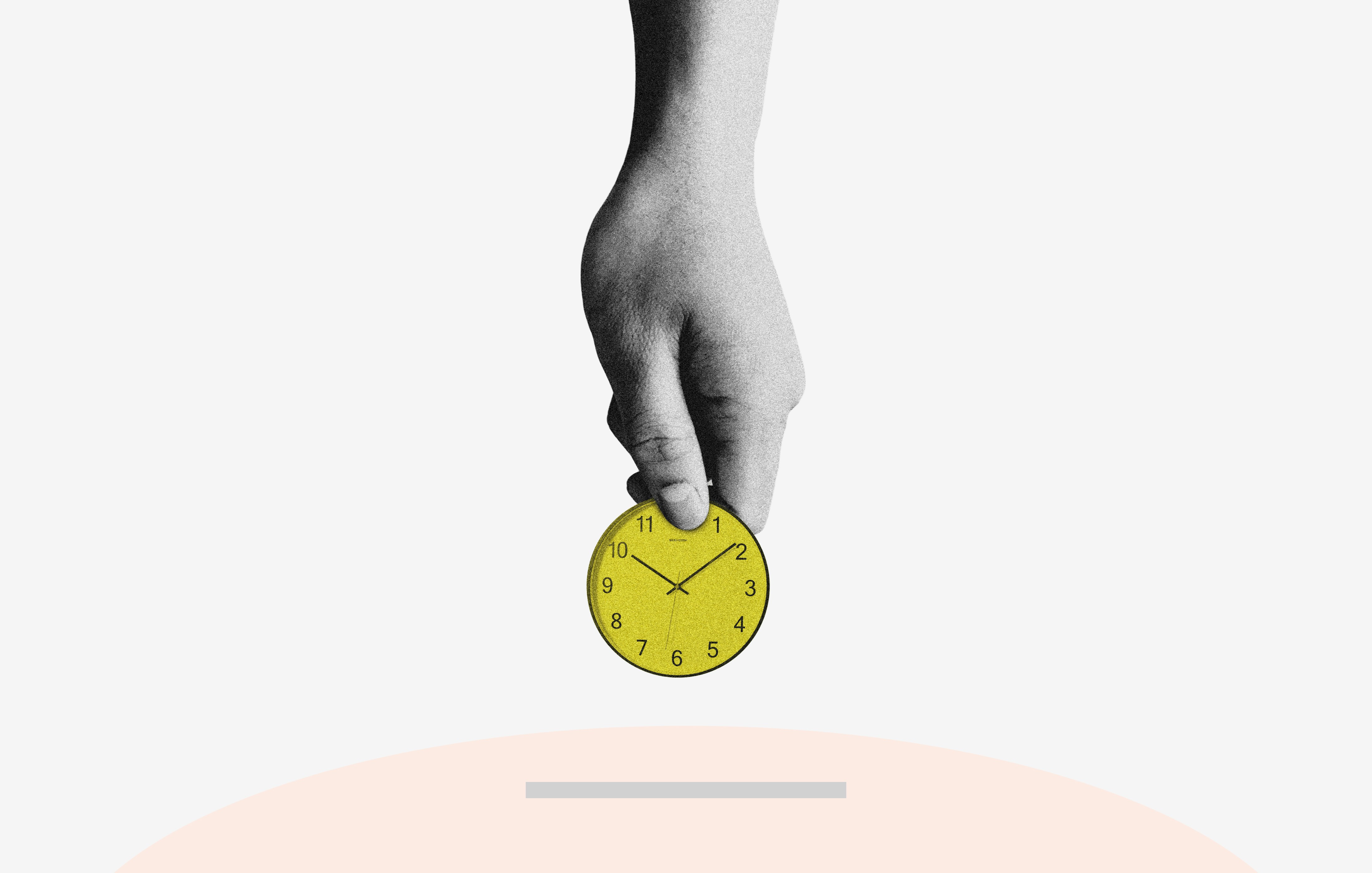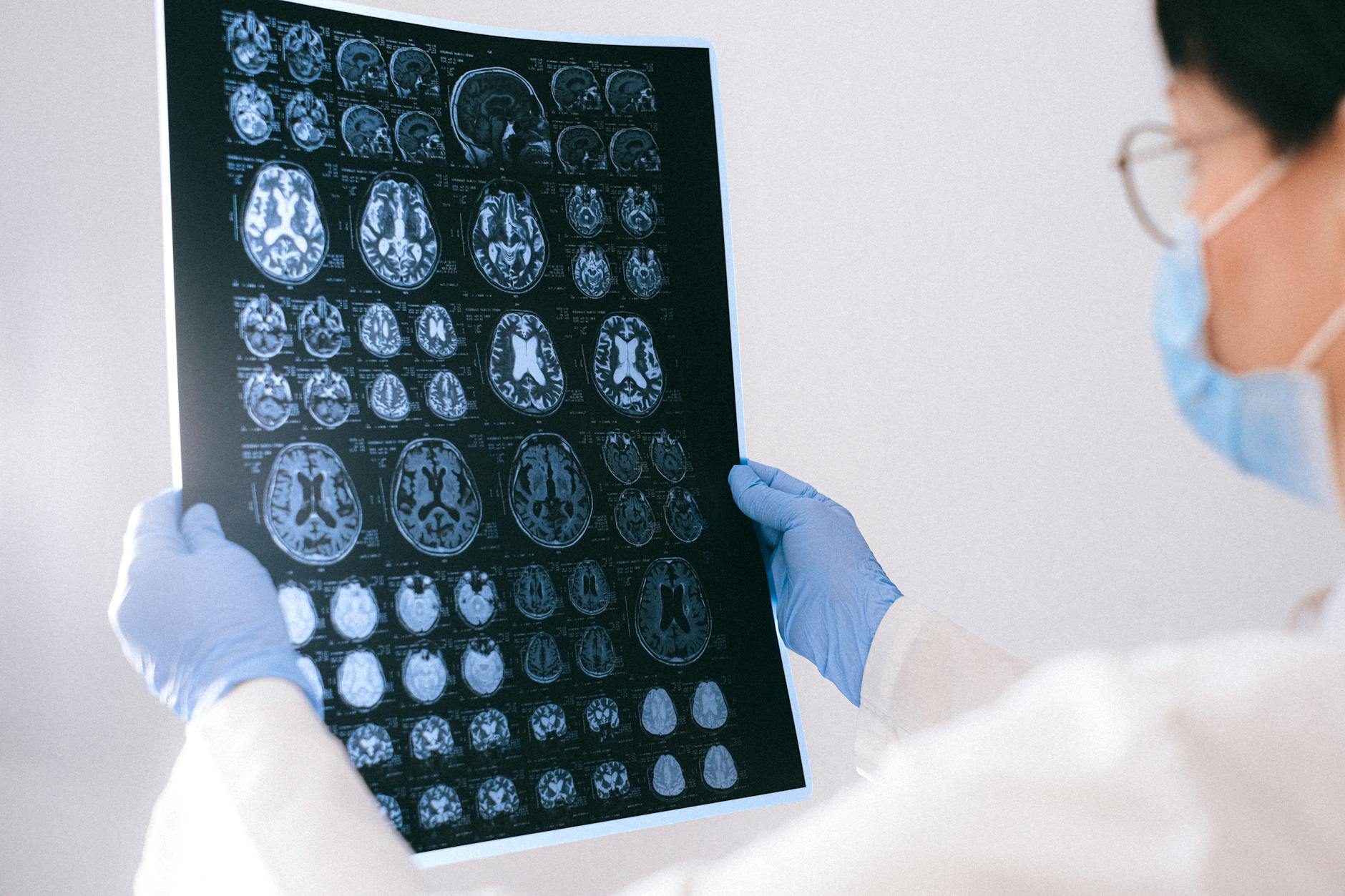What Is Poverty Level Income For One Person?
In this article, we will explore what the poverty level income is, how it is calculated, and what it means for individuals and families.
.jpg)
What Is Poverty Level Income For One Person?
If you are struggling to make ends meet, you may be wondering what the poverty level income for one person is. The poverty level income is an important benchmark that is used by the government and other organizations to determine if an individual or family is living in poverty.

Understanding Poverty Level Income
To gain a comprehensive understanding of poverty, it is essential to familiarize oneself with the concept of poverty level income. This section will delve into how poverty level income is defined and its significance in assessing economic well-being.
Defining Poverty Level Income
Poverty level income refers to the minimum income level that is deemed necessary to meet an individual's or family's basic needs and cover essential expenses such as food, housing, healthcare, and transportation. It serves as a benchmark for determining financial hardship and identifying individuals or families who may require assistance.
The specific definition of poverty level income can vary based on factors such as geographic location, family size, and government guidelines. Poverty level income is typically assessed annually and is adjusted to account for changes in the cost of living.
Importance of Poverty Level Income
Understanding poverty level income is crucial for various reasons. It allows policymakers, researchers, and organizations to measure and analyze poverty rates, identify populations at risk, and develop effective strategies to alleviate poverty.
By establishing poverty level income thresholds, governments can determine eligibility for various social programs, benefits, and assistance. These programs aim to provide support and resources to low-income individuals and families, helping them meet their basic needs and improve their quality of life.
Moreover, poverty level income acts as a tool to raise awareness and advocate for policies that address income inequality, promote social justice, and ensure equal opportunities for all individuals, regardless of their socioeconomic background.
By comprehending the definition and significance of poverty level income, individuals can better understand the challenges faced by those living in poverty and contribute to efforts aimed at reducing poverty rates and improving economic conditions for all members of society.
Poverty Guidelines
Understanding the concept of poverty level income is crucial for assessing the financial well-being of individuals and families. The United States government has established poverty guidelines to determine what is considered as poverty level income. These guidelines serve as a reference point for various programs and assistance aimed at supporting low-income individuals and families.
Government Standards for Poverty Level Income
The government sets specific standards to define poverty level income based on family size and household income. These standards take into account the cost of basic necessities such as food, shelter, clothing, and other essential expenses. The poverty guidelines are updated annually to account for changes in the cost of living and inflation.
How Poverty Level Income is Calculated?
Poverty level income is calculated by comparing a household's pre-tax income to the poverty guidelines set by the government. The guidelines consider the number of individuals in a household and their income to determine if they fall below the poverty threshold.
To give you a better understanding, here is an example of the poverty level income for one person in the contiguous United States. Please note that these figures are for illustration purposes and may vary each year.
These figures represent the income threshold for different household sizes, with the poverty guideline for one person being $12,880. It's important to note that the poverty guidelines differ for Alaska and Hawaii due to their higher cost of living.
Understanding the poverty level income for one person is crucial in identifying who may be eligible for various programs and assistance. These guidelines help ensure that individuals and families with limited financial resources have access to support that can alleviate the challenges they face.
Poverty Level Income for One Person
When discussing poverty, it is important to understand the concept of poverty level income. Poverty level income refers to the minimum income required to meet basic living expenses, such as food, shelter, clothing, and healthcare. The specific poverty level income for one person can vary based on several factors.
Factors Affecting Poverty Level Income for One Person
Several factors influence the poverty level income for one person. These factors include the cost of living, geographical location, and the individual's specific circumstances. The cost of living can vary significantly depending on the region, with higher costs typically associated with urban areas. Therefore, the poverty level income for one person in an expensive city may be higher compared to a rural area. Additionally, the individual's circumstances, such as their age, health conditions, and family responsibilities, can also impact their poverty level income.
Current Poverty Level Income Thresholds
The poverty level income is determined by the government and is updated annually. The poverty level income thresholds are set by the Department of Health and Human Services (HHS) in the United States. These thresholds take into account the number of people in a household, including single-person households.
To provide an overview, the following table displays the poverty level income thresholds for one person in the contiguous United States for the year 2021:
It is important to note that poverty level income thresholds may be higher in Alaska and Hawaii due to the higher cost of living in those states.
Understanding the poverty level income for one person can help us recognize the challenges faced by individuals living below this threshold and the need for support and resources to improve their financial well-being. In the following section, we will explore the impact of poverty level income and the available programs and assistance for low-income individuals.
Impact of Poverty Level Income
Living with poverty level income can present numerous challenges for individuals. The financial limitations imposed by such income levels often result in a range of difficulties. In this section, we will explore the challenges faced by individuals with poverty level income and discuss the accessibility of basic necessities.
Challenges Faced by Individuals with Poverty Level Income
Individuals living with poverty level income encounter various challenges in their daily lives. These challenges can have a significant impact on their overall well-being and quality of life. Some common difficulties faced by individuals with poverty level income include:
- Limited access to healthcare: Affording medical care, including routine check-ups and necessary treatments, can be challenging for individuals with poverty level income. Lack of adequate healthcare coverage and financial resources may lead to delayed or neglected medical attention.
- Inadequate housing: Securing safe and affordable housing becomes a major concern for individuals with poverty level income. Limited financial resources often result in overcrowded living conditions, substandard housing, or even homelessness.
- Food insecurity: Poverty level income can make it difficult to consistently access nutritious and sufficient food. Individuals may experience food insecurity, meaning they are uncertain about having enough food to meet their basic needs.
- Limited educational opportunities: Financial constraints can hinder access to quality education for individuals with poverty level income. This can limit their career prospects and perpetuate the cycle of poverty.
- Reduced employment opportunities: Limited financial resources and lack of access to quality education may restrict employment opportunities. Individuals may face difficulty finding stable and well-paying jobs, further exacerbating their financial struggles.
Access to Basic Necessities
Living at or below the poverty level income threshold makes it challenging for individuals to meet their basic needs. These needs encompass essential aspects of life, including food, housing, healthcare, and education. Individuals with poverty level income often find it difficult to access these basic necessities due to financial constraints.
Fortunately, there are various programs and assistance available to help individuals meet their basic needs. Government programs, such as Supplemental Nutrition Assistance Program (SNAP) and Medicaid, provide aid to eligible low-income individuals. Additionally, community organizations and non-profit initiatives offer support through food banks, housing assistance, and educational resources.
To improve financial well-being, individuals with poverty level income can explore strategies such as budgeting, seeking employment opportunities, and taking advantage of educational and skill-enhancing programs. By utilizing available resources and support, individuals can work towards improving their circumstances and moving beyond poverty.
Understanding the challenges faced by individuals with poverty level income and the importance of access to basic necessities highlights the need for continued efforts to address poverty and promote economic equality. Through a combination of government support, community initiatives, and individual empowerment, progress can be made in alleviating the impact of poverty on individuals and communities.
Challenges Faced by Rural Individuals Living in Poverty
While poverty is a difficult experience no matter where you live, individuals living in rural areas face unique challenges. The lack of access to resources and services that are readily available in urban areas can make it even more challenging for those living in poverty.
One major challenge faced by rural individuals living in poverty is the lack of access to healthcare. Many rural areas have a shortage of healthcare providers, which can make it difficult for individuals to receive necessary medical care. This is especially problematic for those who are struggling financially and may not have the means to travel long distances to see a doctor.
In addition to healthcare, individuals living in rural areas may also struggle with limited access to transportation. Without reliable transportation options, it can be difficult for individuals to get to work or school, or even to run basic errands like grocery shopping.
Another challenge faced by rural individuals living in poverty is the lack of job opportunities. Many rural communities have high levels of unemployment and limited job prospects, which can make it difficult for individuals to improve their financial situations.
Finally, rural individuals living in poverty may also struggle with social isolation. Rural communities often have smaller populations and fewer social opportunities than urban areas, which can lead to feelings of loneliness and disconnection.
Addressing these challenges requires a multi-faceted approach that includes both individual support and systemic change. Improving access to healthcare, transportation, and job opportunities can help alleviate some of the difficulties faced by those living in rural poverty. At the same time, policies that address income inequality and provide support for low-income families can help break the cycle of poverty for future generations.
Long-Term Effects of Poverty
Growing up in poverty can have long-lasting effects on individuals and families. Children who grow up in poverty are more likely to experience negative outcomes later in life, including lower educational attainment, poorer health outcomes, and lower lifetime earnings.
Studies have shown that children who live in poverty are more likely to experience chronic stress, which can have a lasting impact on their physical and mental health. Chronic stress has been linked to a variety of health problems, including heart disease, obesity, and depression.
In addition to the health effects of growing up in poverty, individuals who experience poverty early in life may struggle to escape it later on. Lower educational attainment is one factor that can contribute to this cycle of poverty. Children who grow up in poverty are less likely to attend college than their peers from higher-income families. This can limit their job prospects and earning potential over the course of their lifetimes.
Addressing the long-term effects of poverty requires a multifaceted approach that includes both individual support and systemic change. Providing access to education and job training programs can help individuals overcome some of the barriers they face as a result of growing up in poverty. At the same time, policies that address income inequality and provide support for low-income families can help break the cycle of poverty for future generations.
Resources and Support
In addition to understanding poverty level income, it's important to be aware of the various programs and assistance available to low-income individuals. Additionally, there are strategies that can help improve financial well-being. Let's explore these resources and support systems in more detail.
Programs and Assistance for Low-Income Individuals
Government and non-profit organizations offer a range of programs and assistance to support individuals with low-income. These resources aim to provide essential services, alleviate financial burdens, and promote upward mobility. Some of the programs and assistance available include:
These programs and assistance can vary by location and eligibility criteria. It's important to research and explore the resources available in your area.
Strategies for Improving Financial Well-Being
While accessing programs and assistance is crucial, it's also beneficial to adopt strategies to improve financial well-being in the long term. Here are some strategies that can help individuals with low-income:
- Budgeting: Creating a realistic budget helps manage income and expenses effectively. It allows individuals to prioritize essential needs and allocate funds accordingly.
- Financial Education: Educating oneself about personal finance can empower individuals to make informed decisions about saving, investing, and managing debt.
- Skill Development: Enhancing skills or obtaining additional education can improve career prospects and potentially increase income over time.
- Building a Support Network: Connecting with community organizations and support groups can provide valuable resources and opportunities for networking and professional growth.
- Seeking Employment Assistance: Utilizing job placement services, career counseling, and resume-building workshops can enhance job prospects and income potential.
By combining these strategies with the available programs and assistance, individuals with low-income can work towards improving their financial situation. Remember, small steps taken today can lead to significant positive changes in the future.
Understanding the available resources and implementing strategies for financial well-being is vital for individuals navigating poverty level income. By accessing programs and assistance, and adopting helpful strategies, individuals can strive towards a more stable and prosperous future.


































































































